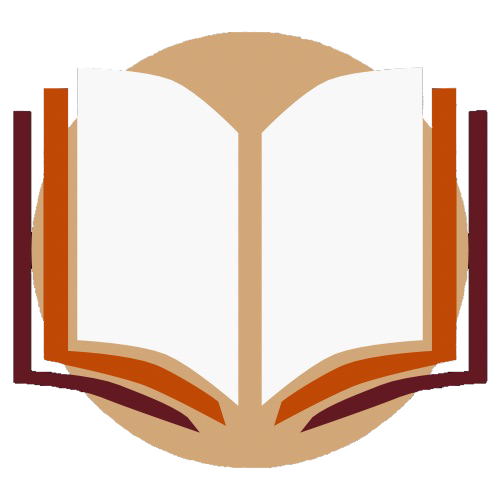Students and Teachers Adapt to AMI Learning for Two Weeks
November 30, 2020
As many know, the number of COVID-19 cases are rising faster than some had ever imagined in our small community. Students and faculty at Potosi R-3 School District are getting hit the hardest with large numbers of kids being quarantined for two weeks and even with teachers being out for two weeks. The week of Nov. 9 to Nov. 13 there was a big fall in the number of students at school due to positive cases and quarantine.
The Potosi R-III school board held a board meeting in November to discuss the situation with the guidance of the Washington County Health Department. The board decided that it was best to extend Thanksgiving break and go to AMI learning (alternative methods of instruction) from November 23 through December 4. The district plans on the students returning to in-person teaching on December 7. The school board is hoping that extending Thanksgiving break and implementing AMI for one week after Thanksgiving will help decrease the spread of COVID-19 and help get this school year back to normal.
PHS student A’mondre McCaul said, “I think that the extended break is very cautious. But I also think that when kids start to fail more classes it’s not their fault. Some kids can’t learn without being in a classroom, it’s harder for some. These are the times we live in though and there’s nothing we can do about it. It’s the new normal and we have to adapt and overcome.”
PHS band director Mr. Jackson said, “It (AMI) is going very well for me. I had time to prepare and implement more online work this year. Last year was much more shocking due to a lack of time to prepare.
Some teachers have more content to teach than others, some have lectures, and others have to teach things such as art, music, and PE, all online. Mr. Jackson admitted, “Being a band director, AMI is sort of difficult. On a typical day, we like to practice as an ensemble. With AMI it becomes more individualized playing which takes away from the learning opportunities associated with the group.”
Mrs. Peek, a science teacher at Potosi High School, said, “AMI has been pretty stressful for me. The content that students are learning in biology is not easy to understand and needs a lot of hands-on instruction that can’t be delivered through screen easily.”
Mrs. Peek said, “It is very difficult for science teachers because we are unable to properly gauge our students’ understanding through a screen. Oftentimes questions and misunderstandings go unasked and unanswered due to students’ difficulty in explaining questions or what they misunderstand.”
Communication through AMI seems to be a challenge for PHS teachers, but teachers and students will do their best with tools like Google Classroom, Google Meet, Remind, and email. Peek said she posts lectures on Google classroom for students to take notes. Some students though can not access these online learning sources and the school had to find an alternate way for these students to learn while out of school.
Students without the internet have an alternate option for learning during AMI. Peek stated, “I gave paper packets for every student with all of the needed materials to complete their work without internet access.” Upon returning to school the packets will be given back to the teachers to grade. Peek stated, “I worry that my students are not understanding the material and that they are not even looking at the materials I post. Many students don’t ask questions online, because they are more comfortable asking them in person or don’t even understand what they are confused about. I worry that I am not teaching as effectively this year due to the technology barriers and inability to do hands-on or paper-pencil activities, during both in-person and virtual instruction time.”
AMI has brought a big change to Potosi R-III, but the school staff and students are working to work with what they have to still be able to excel in teaching and learning.
